![]()
![]()
![]()
Use LEFT and RIGHT arrow keys to navigate between flashcards;
Use UP and DOWN arrow keys to flip the card;
H to show hint;
A reads text to speech;
39 Cards in this Set
- Front
- Back
|
Abduction |
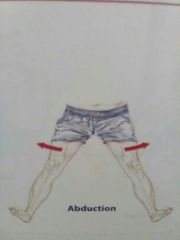
Moving joints away from the midline in the frontal plane |
|
|
Adduction |

The movement of joints towards the midline within the frontal plane. |
|
|
Anterior |
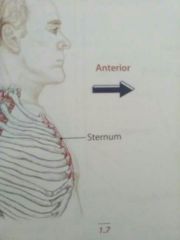
The structure or point furthest to the front of the body. |
|
|
Axial skeleton |
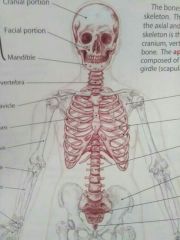
The skeletal structure that includes the head, ribs, and spine. |
|
|
Appendicular skeleton |
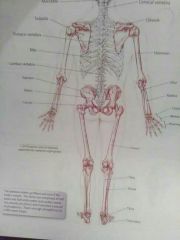
The skeletal structure which includes the arms, legs, and hips. |
|
|
Caudal |
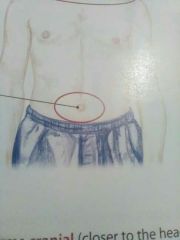
A reference point on the upper body located closer to the buttocks or trunk. |
|
|
Cranial |
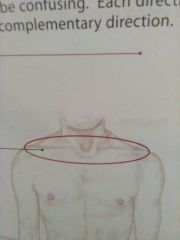
An area or portion of the upper body located closer to the head. |
|
|
Circumduction |
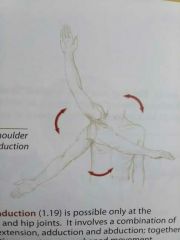
Rotation that is only possible at the shoulder and hip joints which utilizes flexion, extension, adduction and abduction together to create cone shaped movement. |
|
|
Deep |
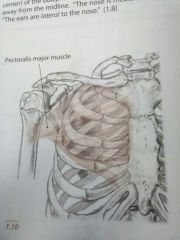
Refera to a structure deeper in the body. |
|
|
Superficial |
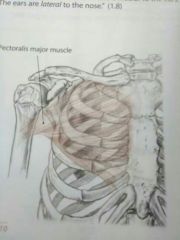
Describes a structure closer to the bodys surface. |
|
|
Depression |
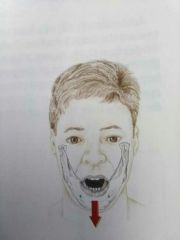
Refers to movement of the scapula and jaw in a downward motion. |
|
|
Distal |

A structure of the body which is further away from the trunk or the body's midline. |
|
|
Proximal |
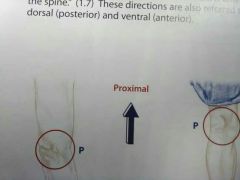
A structure of the body which is located closer to the trunk or the body's midline. |
|
|
Dorsiflexion |
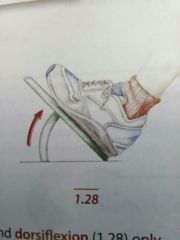
Refers to movement at the ankle towards the knee. |
|
|
Plantar flexion |
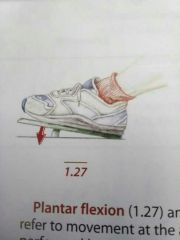
Refers to movement at the ankle towards the floor or ground. |
|
|
Elevation |
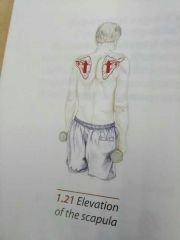
Refers to movement of the scapula or jaw in an upward motion. |
|
|
Eversion |
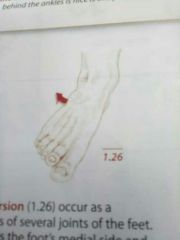
Occurs as a combination of movements of several joints of the feet. This movement turns out which elevates the foots lateral side and moves the sole laterally. |
|
|
Inversion |
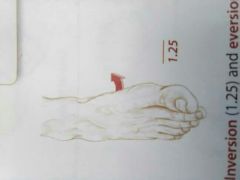
Occurs as a combination of movements of several joints of the feet. This movement turns in and elevates the foots medial side and brings the sole of the foot medially. |
|
|
Extension |
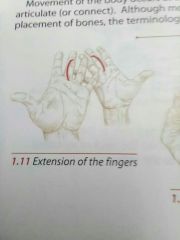
A movement that straightens or opens a joint. |
|
|
Flexion |

A movement that bends a joint or brings the bones closer together. |
|
|
Frontal plane |
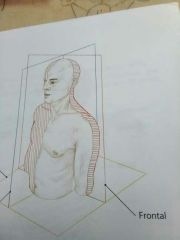
Divides the body into front and back portions. |
|
|
Horizontal abduction |

Movement away from the midline of the body in the transverse plane. |
|
|
Horizontal adduction |
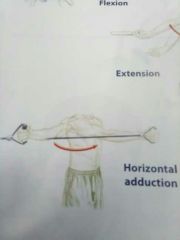
Movement towards the midline of the body in the transverse plane. |
|
|
Inferior |
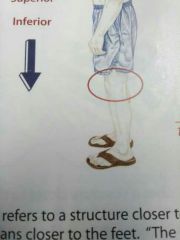
More towards or closer to the feet or ground. |
|
|
Lateral |
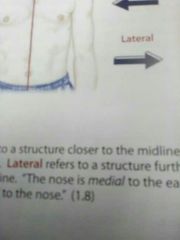
Refers to a structure further away from the midline or center of the body. |
|
|
Lateral flexion |
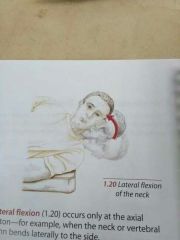
Occurs only at the axial skeleton. When the neck or vertebral bends laterally to the side. |
|
|
Lateral recumbent |
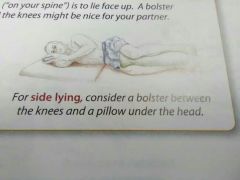
When the body lies on its side. Side lying. |
|
|
Lateral rotation |
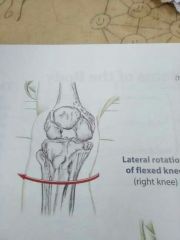
Rotation of a joint away from the midline. |
|
|
Medial rotation |
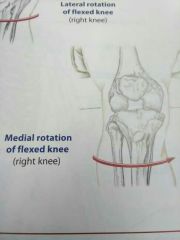
Rotation of a joint towards the midline of the body. |
|
|
Medial |
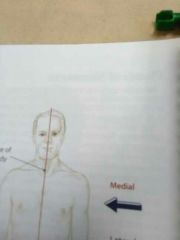
Refers to a structure closer to the midline or center of the body. |
|
|
Mid sagittal |
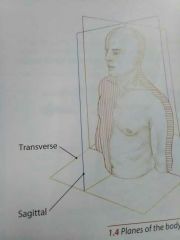
The midline or center of the body which divides the body into two symmetrical halves. |
|
|
Opposition |

The ability to touch fingers to thumbs. |
|
|
Posterior |
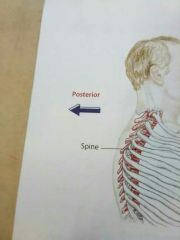
Refers to a structure further towards the back of the body. |
|
|
Prone |
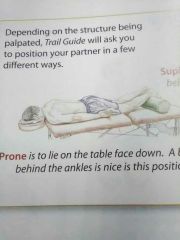
To lie face down on a table. Or surface. |
|
|
Protraction |

The forward movement of the scapula, clavicle, head and jaw. |
|
|
Retraction |
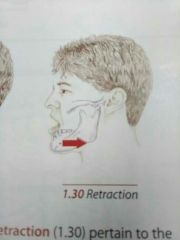
The backwards movement of the scapula, clavicle, head and jaw. |
|
|
Superficial |

Describes a structure closer to the bodys surface. |
|
|
Superior |
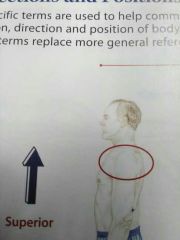
Refers to a structure closer to the head. |
|
|
Supine |
Lying horizontally face up. |

